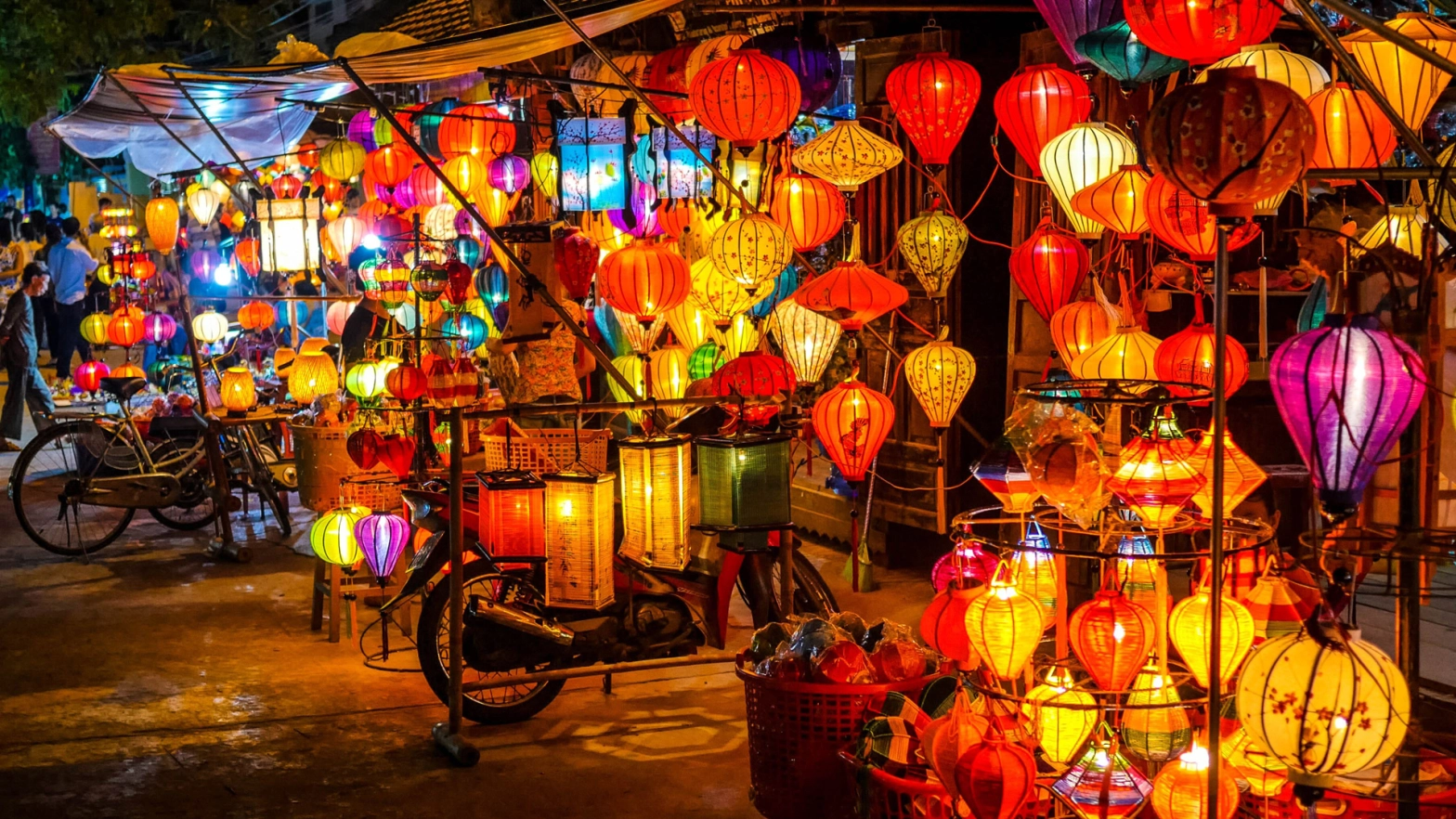Last time, I specifically discussed the Mid-Autumn Festival in China. However, this holiday occurs in other countries, including Japan, Korea, Vietnam, and other eastern and southeastern Asian countries. While all of these celebrations resemble China’s Mid-Autumn Festival, they all have noticeable differences worth discussing.
In Japan, the Mid-Autumn Festival is called Tsukimi. This holiday also has a long history, spanning thousands of years. During the festival, it is customary to serve dango, a Japanese dumpling made with rice flour and glutinous rice flour. People will also eat soba or udon noodles during celebrations.

On the other hand, in Korea, the Mid-Autumn Festival is known as Chuseok. Interestingly, in South Korea, it is a three-day holiday, whereas in North Korea, it is only celebrated on the exact date. Like the Mid-Autumn Festival and Tsukimi, the holiday has a long history, starting a couple thousand years ago. The two major traditions during this holiday are Charye, ancestor memorial services at home, and Seongmyo, a family visit to the ancestral graves. Outside of these, people prepare food, such as Songpyeon, a Korean rice cake, Baekju, an alcoholic drink, and more.

For the Vietnamese, their Mid-Autumn Festival is known as Tết Trung Thu. During this celebration, children participate in parades with lanterns. They also wear masks and carry lanterns, which can be handcrafted. The festival is commonly referred to as the children’s festival, which is different from other countries, where it is more of a celebration for everyone.

Outside of these countries, India, Sri Lanka, Israel, Myanmar, Laos, Cambodia, and many more countries also have similar holidays celebrating the end of the harvest season or the full moon. While many of these countries have intriguing holidays, they are often less widely celebrated as the Mid-Autumn Festival in China, which is much more popular.

